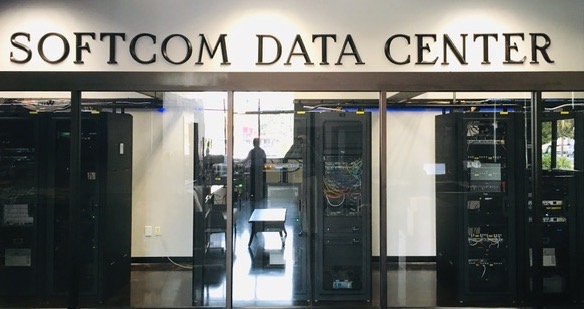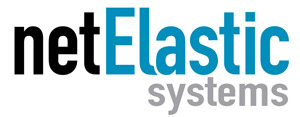Tackling the lack of adequate broadband infrastructure in America, the U.S. Department of Agriculture’s ReConnect program has spent almost $1.3 billion to facilitate broadband deployment in areas of rural America that don’t currently have sufficient access to broadband.
America is not alone in trying to provide broadband access to more of its citizens. Australia’s national broadband network (nbn) recently announced it will roll out fibre “deeper and closer to homes and businesses” under a $3.5 billion upgrade package.
A Paradigm Shift
There is a concerted effort across the globe to connect people in underserved areas to the internet. Another paradigm shift is the number of people and students working and learning from home due to the pandemic. This has significantly increased network traffic.
Broadband traffic was already growing before the pandemic, driven by more connected devices, cloud-based services, and streaming video. This has only been exacerbated by COVID-19.
The Impact on Broadband Providers
Broadband providers worldwide have had to increase network capacity to handle the growth in network traffic and subscribers. As a result, the need for network scalability and flexibility has never been greater.
A Growing ISP “Down Under”

Harbour ISP was first brought to life when founders, Charles and Melissa Tym, experienced first-hand the disastrous state of internet connectivity in rural Australia. After a few years, Harbour ISP was experiencing rapid subscriber growth and customers were continually consuming more bandwidth. These factors were placing enormous demands on Harbour’s network.
As they planned for their continued growth and expansion, Harbour ISP decided to upgrade their network and significantly expand their fiber broadband footprint. Before embarking on their network upgrade, Harbour ISP was using Mikrotik routers, which could only handle 1,500 -2,000 users. This small number meant Harbor ISP had to manage dozens of Mikrotik routers to cover all their customers. In addition, reliability was an issue since these routers required many late night reboots.
Harbour ISP chose netElastic vBNG for its greater scalability, flexibility, and reliability. With its software-defined networking (SDN) architecture, netElastic’s market-leading scalability and performance supports up to 128,000 subscribers per vBNG, with throughput up to 360 Gbps on a single server.
Compared to the limited scalability provided by Mikrotik routers, netElastic vBNG supports ten times as many users per vBNG instance without any additional hardware purchases. Harbour ISP also gained a four-fold increase in throughput with vBNG. As a result, Harbour ISP can now deliver ultra-fast broadband services to its subscribers.
Tom Bishop, Harbour ISP Chief Technology Officer (CTO), added “The performance, scalability, and stability of the vBNG along with support from netElastic have been keys to our network success.”
Softcom Internet Communications

Softcom is a wireless internet service provider (WISP) based in rural Galt, California. Early in 2020, the team at Softcom was experiencing a 30% increase in bandwidth usage (due to the pandemic) and was frustrated by the lack of scalability provided by their current fixed-capacity routers. “Our equipment wasn’t scaling very well and we were experiencing traffic drops, which was negatively impacting our customer experience,” said Brian Meredith, Softcom’s Chief Technology Officer (CTO).
After deciding to make a change, Softcom looked at solutions from Cisco and Juniper, but the costs were too high. Softcom chose netElastic Virtual BNG for its scalability, reliability, and cost-effectiveness.
netElastic vBNG separates the software from dedicated hardware, enabling broadband providers to quickly turn up additional network capacity without having to manually upgrade existing routers, or purchase new routers due to capacity constraints.
Softcom’s Brian Meredith stated that netElastic vBNG “seems to be scaling very well and we’re just barely scratching the surface of the solution we’ve put together. vBNG is a very powerful piece of software that has more configuration options than anything I’ve seen in recent memory.”
The Rise of the Agile Network
The combination of the global pandemic and the desire to connect all individuals to the internet is straining traditional network infrastructure. Hardware-based, fixed-capacity routers aren’t designed for rapid changes in network capacity or subscribers.
netElastic vBNG is designed to help broadband providers increase network scalability and flexibility. Since the pandemic started, interest in netElastic vBNG has accelerated among broadband providers worldwide.
To learn more about how broadband providers are benefitting from vBNG, please read the Softcom case study or Harbour ISP case study.

